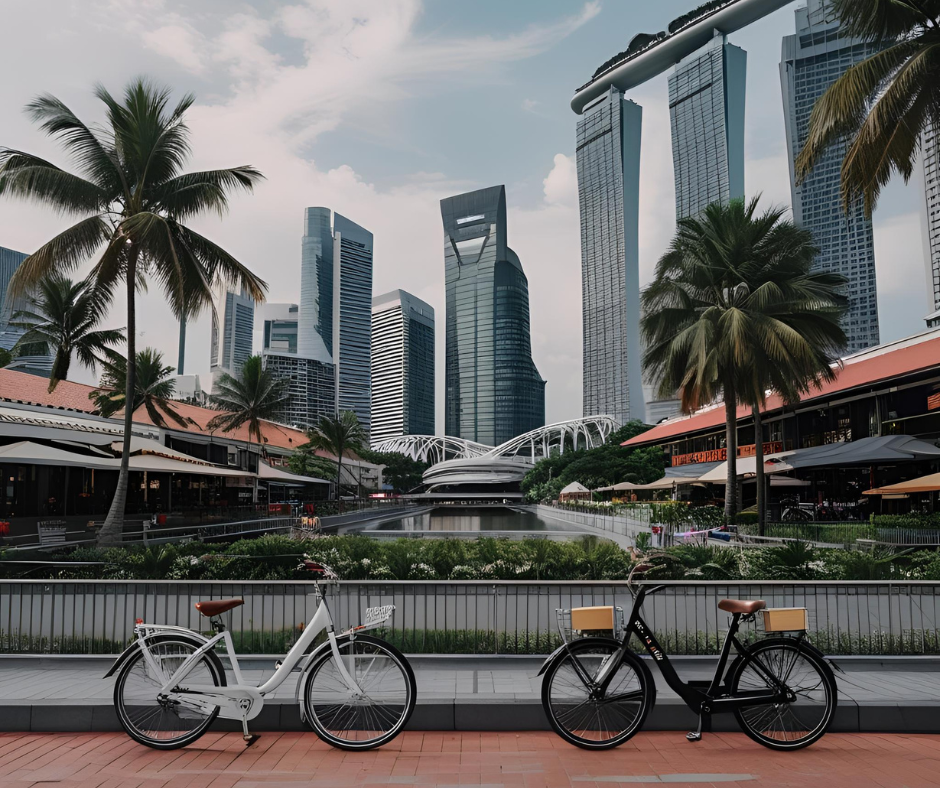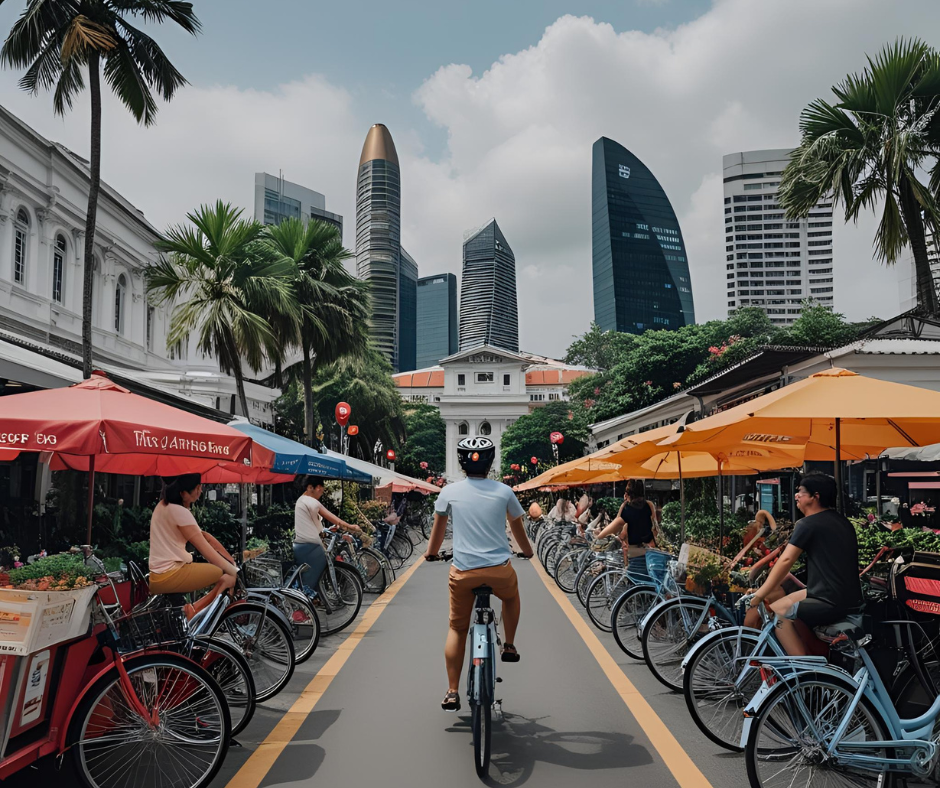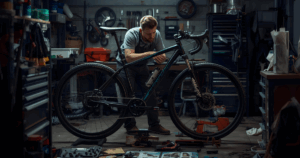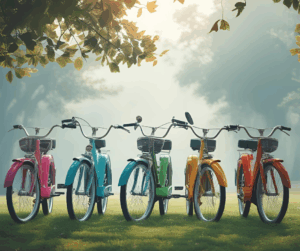Cycling culture in Singapore is rapidly transforming the way residents connect with their neighborhoods, commute to work, and enjoy leisure time. What was once seen as a recreational activity limited to parks and dedicated cycling trails has now grown into a full-fledged movement reshaping Singapore’s streets, heartlands, and daily routines. From the central business district to suburban areas like Yishun, Punggol, and Jurong, the presence of cyclists is now a common—and celebrated—sight. With government support, community initiatives, and growing awareness of sustainable mobility, this evolution of lifestyle and transport is paving the way for a new norm across the island.
The Rise of Cycling Infrastructure
Over the last decade, Singapore has invested heavily in building cycling paths and park connectors that link different parts of the island. This has allowed cycling culture to thrive by creating a safe, seamless, and accessible environment for riders of all ages. The National Cycling Plan aims to expand the cycling network to 1,300 kilometers by 2030, ensuring that every HDB town is cycling-friendly.
The North Eastern Riverine Loop, the Central Urban Loop, and the Round Island Route have become major arteries for both commuters and recreational cyclists. These infrastructure developments are more than just conveniences—they are catalysts that empower communities to embrace cycling culture as a practical, enjoyable, and environmentally friendly mode of transportation.
Bikes as a Means of Daily Commute
One of the strongest indicators of a growing cycling culture is the increasing number of Singaporeans using bicycles and e-bikes for their daily commute. With the rise in fuel prices, crowded MRT lines, and longer waiting times for buses, cycling has emerged as a fast and reliable alternative.
Many neighborhoods now feature bike-sharing options like Anywheel and SG Bike, allowing users to grab a bike at a moment’s notice. Additionally, dedicated cycling lanes in areas like Ang Mo Kio and Toa Payoh have made commuting via bicycle not just safe, but also enjoyable. As workplaces become more accommodating—offering bike racks, showers, and changing rooms—employees are more encouraged to make cycling a part of their daily lifestyle.
E-Mobility Boosting the Movement
The rise of e-bikes and e-scooters has given a new dimension to cycling culture in Singapore. These mobility devices have made it easier for people who may have physical limitations, longer travel distances, or time constraints to still participate in the cycling movement. E-bikes, in particular, are changing the way delivery riders, professionals, and even senior citizens travel across neighborhoods.
As more people adopt e-mobility solutions, the definition of cycling culture is evolving to become more inclusive. It’s no longer just about pedaling traditional bicycles—it’s about embracing a spectrum of two-wheeled transport options that support sustainable living and reduce traffic congestion.
Neighborhood Spotlight: Punggol
Punggol has become a shining example of how urban planning can integrate cycling culture into the fabric of daily life. The neighborhood boasts wide cycling paths, beautiful waterfront trails, and direct connections to the North Eastern Riverine Loop. It’s common to see families, young couples, and even elderly residents enjoying a casual evening ride by the Punggol Waterway.
Local community centers frequently organize cycling events, safety workshops, and eco-rides that further fuel the enthusiasm for biking. In Punggol, cycling isn’t just a mode of transport—it’s a social activity, a form of exercise, and a tool for community engagement.
Neighborhood Spotlight: Ang Mo Kio
Ang Mo Kio was one of the first towns to undergo cycling infrastructure improvements under the Land Transport Authority’s Walk Cycle Ride initiative. The town now features a comprehensive cycling network that connects residents to MRT stations, hawker centers, schools, and parks.
The adoption of cycling culture here has been remarkable. Senior residents use bicycles for grocery trips, schoolchildren cycle with their parents to class, and working professionals ride to the MRT to shave time off their daily commute. The town is a testament to how cycling can be seamlessly integrated into everyday life when the right infrastructure and support are in place.
Events and Community Initiatives
Another driving force behind Singapore’s vibrant cycling culture is the presence of community events and grassroots initiatives. Events like Car-Free Sunday SG, OCBC Cycle, and National Bike Week have provided platforms for cyclists to come together, share experiences, and advocate for safer cycling conditions.
In various neighborhoods, residents’ committees and cycling clubs organize weekend rides, safety awareness campaigns, and repair clinics. These grassroots efforts contribute significantly to building a stronger sense of identity and pride around cycling culture. The sense of belonging these events foster plays a critical role in keeping people engaged long-term.
Health and Lifestyle Benefits
Beyond transportation, cycling culture in Singapore is growing because it aligns with an increasing focus on health and wellness. Cycling is a low-impact exercise that improves cardiovascular fitness, builds muscle strength, and reduces stress levels. Many Singaporeans are turning to cycling as part of their daily fitness routine, taking advantage of the beautiful park connectors and neighborhood trails.
Cycling groups in areas like Tampines and Bukit Panjang often plan sunrise rides, food trail cycling tours, and even charity events—all centered around health, fun, and community bonding. These health-conscious initiatives are another layer reinforcing the nation’s commitment to cycling culture.
Cycling for All Ages
From children learning to cycle at neighborhood playgrounds to seniors using three-wheeled bikes for short errands, Singapore’s cycling culture spans across all age groups. Schools have begun to incorporate basic cycling training and safety education, making it easier for kids to adopt the habit early. Meanwhile, community centers offer adaptive cycling programs for elderly or disabled residents, ensuring no one is left behind in this mobility revolution.
This inclusivity is what makes cycling culture so powerful—it offers an equal opportunity for everyone to enjoy its benefits, regardless of age, ability, or income level.
Safety and Regulation
With the growing popularity of bicycles and e-mobility devices, safety has become a key focus in sustaining cycling culture. The Active Mobility Act sets out clear rules for shared paths and footpaths, including speed limits and helmet use. Cyclists are encouraged to ride responsibly, use lights at night, and keep to designated paths.
In response, neighborhoods have begun installing clear signages, mirrors at blind corners, and education boards that promote safe cycling habits. The enforcement of rules, coupled with education, is helping to build a cycling culture that prioritizes mutual respect between cyclists, pedestrians, and motorists.
The Role of Technology
Technology is playing a significant role in strengthening cycling culture. GPS apps like Strava and Komoot help cyclists track their routes, discover new trails, and connect with other enthusiasts. Fitness wearables, smart helmets, and even AI-powered traffic monitoring systems are being used to make cycling smarter and safer.
In smart towns like Tengah, the integration of digital services with physical cycling routes means that residents can plan their rides, report hazards, and even rent shared bikes all from a single app. This tech-forward approach is redefining how cycling culture is experienced in modern Singapore.
Sustainable Urban Mobility
As Singapore moves toward becoming a car-lite society, cycling culture is becoming an essential part of the sustainable urban mobility framework. Encouraging more people to switch from cars to bikes reduces emissions, eases traffic congestion, and improves public health.
Government efforts to promote active mobility through policies, campaigns, and funding incentives show a long-term commitment to developing a greener, more livable city. It’s now common for new BTO projects to include ample bicycle parking, direct cycling routes, and nearby park connectors, embedding cycling culture right from the start of urban planning.
The Future of Cycling in Singapore
The future looks bright for cycling culture in Singapore. With AI traffic systems, green corridors, and autonomous delivery bots on the horizon, the cycling ecosystem is set to become even more integrated and efficient. Community voices continue to push for more inclusivity, accessibility, and sustainability.
In coming years, we can expect to see cycling education as part of school curricula, eco-tourism cycling trails across the island, and more businesses offering bike incentives to employees. This vision is not just aspirational—it’s actively being built by every rider who chooses two wheels over four.
Conclusion
The flourishing cycling culture in Singapore is more than just a trend—it’s a transformation. From upgraded infrastructure and inclusive e-mobility devices to vibrant community events and health-driven motivations, every neighborhood is playing a role in redefining how Singapore moves. As this culture continues to grow, it promises not only more efficient transportation, but stronger communities, healthier citizens, and a greener city for generations to come.
Whether you’re a daily commuter, a weekend rider, or someone thinking about hopping on for the first time, now is the perfect time to be part of Singapore’s ever-growing cycling culture.





